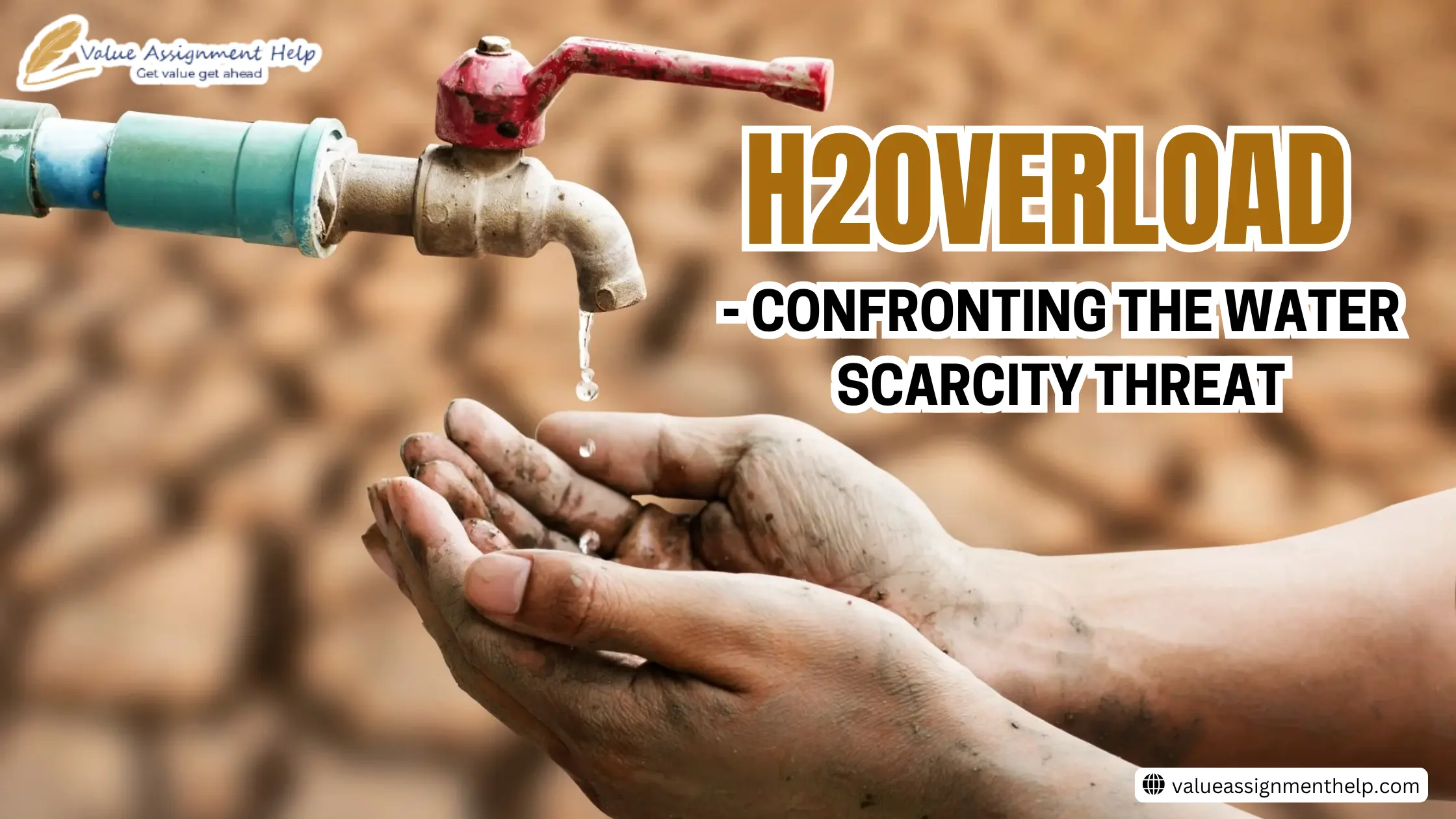Assignment
Achievement
Hire Experts
Reviews
Free Services
Grades
Offers
Order Now
Table of Contents
50,000+
Orders Delivered
4.9/5.0
Star Rating
4000+
PhD Experts
24 x 7
Query Resolution
100 +
Subjects Catered
Our Experts
Reviews
Free Assignment Services
☞Title Pages - 100 Words
$05.00 free
☞Downloading Free Guide
$20.00 free
☞Upload Completed Tasks
$20.00 free
☞Genuine Content Report
$20.00 free
☞Consultation By Experts
$06.00 free
☞Unrestricted Revisions
$10.00 free
☞Grammar Check for Task
$25.00 free
☞Plagiarism Inspections
$25.00 free
Book Now and get Free Services Upto $0.00
Grades
Offers

1. PLACE YOUR ORDER
Whenever you fill out their order form, please read it carefully and then fill it out.

2. MAKE PAYMENT
Choose our secure payment method to pay for your order and collect your order from us with security.

3. GET YOUR DOCUMENT
Our writers write you plagiarism-free assignments and provide them to you before the deadline.
Our Experts

Search Assignments

Customers Reviews
In the midst of scorching heat waves across the country, a glimmer of hope emerged with the promise of rainfall. But things took an unexpected turn when the weather department announced heavy rainfall. Rather than relief, it brought fear to the people—a stark contrast to what one would expect in a hot, burning country. It was June 15th, and the government urged people to stay indoors, schools granted holidays, and employees opted for remote work arrangements.
The reason behind this caution was the imminent arrival of Cyclone Biparjoy, an extremely powerful cyclone causing widespread devastation. It was one of the worst cyclones India has faced. This event raised questions about the role of climate change in the increasing number of cyclones.
Cyclone Biparjoy, one of the worst cyclones faced by India, formed in the southeast Arabian Sea. Rapidly intensifying, it became an extremely severe cyclone, wreaking havoc along its path. The cyclone's strong winds and torrential rain resulted in the total destruction of thatched houses, extensive damage to structures, and uprooting of power and communication poles. Roads, railways, crops, and plantations were also severely affected.
Forming in the southeast Arabian Sea, Cyclone Biparjoy rapidly intensified, becoming an extremely severe cyclone. It moved eastwards and then northwards, battering the coasts of Karnataka, Goa, Maharashtra, and Gujarat with its strong winds and torrential rain. With preparations in place, over a hundred thousand people were evacuated, resulting in minimal loss of life. The government's disaster management operation was lauded as the best practice in handling such a calamity.
However, the impact on infrastructure was severe. Thatched houses were destroyed, structures damaged, and power and communication poles, roads, railways, and crops suffered extensive destruction. Gujarat's electricity board reported an estimated damage of INR 738 crore, with over 6,480 villages experiencing power outages.
Fortunately, Goa faced a lesser impact as the cyclonic storm moved away from the region. In contrast, Maharashtra, including Mumbai, endured heavy rainfall, high tidal waves, and strong winds as Cyclone Biparjoy intensified into a cyclonic storm in the Arabian Sea. The coastal areas of Maharashtra witnessed the brunt of the storm, causing disruptions and damage to infrastructure.
Contrary to heavy rainfalls and string winds accompanied by the cyclone, the cyclone has actually reduced the future rainfall in the country. As per the report of ‘The Wire’, Cyclone Biparjoy disrupted rainfall and intensified heat waves. While it brought heavy rain to Gujarat and Rajasthan, it depleted moisture from south, central, and east India, exacerbating the monsoon's rainfall deficit. This interrelation between the cyclone, rainfall shortage, and heat waves is attributed to climate change.
India has a long history of devastating cyclones. The Great Cyclone of 1737, one of the deadliest cyclones in recorded history, struck the Coringa region (present-day Andhra Pradesh), resulting in the loss of thousands of lives. The Bhola Cyclone in 1970, one of the deadliest cyclones globally, affected East Pakistan (now Bangladesh) and West Bengal, causing widespread devastation. The 1999 Odisha Cyclone left a lasting impact, with complete destruction of villages, infrastructure, and significant loss of lives.
While experts maintain that there has been no significant change in worldwide cyclone frequency, an examination of regional data reveals contrasting patterns. According to information from 'the world data,' the frequency of cyclones in the Arabian Sea has shown an upward trend over the past two decades. In contrast, the frequency of cyclones in the Bay of Bengal has witnessed a decline during the same period.
India experiences an average of 5-6 cyclonic storms annually, primarily concentrated between April and December.
India is highly prone to frequent cyclones due to various factors, with climate change playing a significant role.
Geographical factors, including warm ocean waters and the country's monsoon climate, contribute to the occurrence of cyclones. The interaction between monsoon winds and warm oceanic waters creates a favorable environment for cyclone formation.
This year, Indian seas have been exceptionally warm, creating favorable conditions for the formation and rapid intensification of cyclones. Sea surface temperatures in the Bay of Bengal and Arabian Sea are currently around 31-32 degrees Celsius, surpassing the threshold of 28 degrees Celsius required for cyclone development. Experts, including meteorologist Mahesh Palawat from Skymet Weather, attribute this increase in sea temperatures to climate change.
Climate change has been attributed to numerous phenomena, but its direct role in cyclone formation remains a subject of debate. While some meteorologists assert a link between climate change and an increase in cyclones, concrete evidence supporting this claim is lacking. In fact, a study published in the Bulletin of the American Meteorological Society in March 2020 highlights the absence of specific data establishing a direct correlation between climate change and a rise in cyclone formation.
It is crucial to acknowledge the complex nature of the relationship between climate change and cyclones. Multiple factors, such as sea surface temperatures, atmospheric conditions, and regional climate patterns, contribute to cyclone formation. While climate change may indirectly influence some of these factors, the precise cause-and-effect relationship remains uncertain.
In conclusion, the arrival of Cyclone Biparjoy amidst scorching heat waves brought fear instead of relief. It caused widespread devastation and raised questions about the role of climate change in increasing cyclone occurrences. While experts suggest a connection, concrete evidence of a direct link is still debated. Regional data shows an upward trend in cyclones in the Arabian Sea but a decline in the Bay of Bengal. India's vulnerability to cyclones stems from geographical factors and the influence of monsoon winds. Proactive measures, disaster preparedness, and climate resilience strategies are crucial to protect communities and build a sustainable future in the face of cyclones.




No Comments